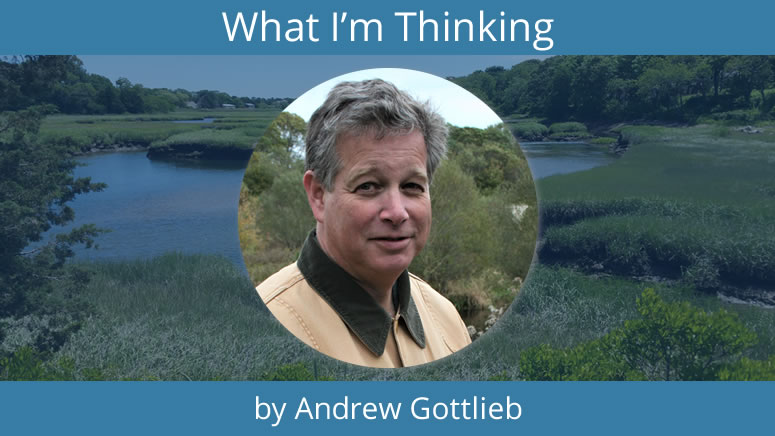We introduce a lot in the environment that society then spends bucket loads of money to remove. The Cape has a $4 billion bill to pay to remove nitrogen from the wastewater to restore estuarine water quality. The U.S. taxpayers have spent $1.4 billion, with more to come, to remove contaminants from the drinking water at Joint Base Cape Cod. The cost of treating PFAS in water is unknown but it’s a lot. So here is a novel thought, let’s stop introducing chemicals we don’t want in our bodies into the environment and how about we begin by stopping the widespread and indiscriminate use of pesticides in our yards and public spaces.
The 2014 Cape Cod Pesticide and Fertilizer Use Inventory drew upon data from a variety of sources and concluded that individual homeowners are the largest users of both pesticides (more than 70%) and fertilizers (more than 80%), golf courses are the second largest users of pesticides (8.7%) and fertilizers (15%), while managing utility rights-of-way only accounts for 0-1% of Cape-wide pesticide use. I doubt the numbers have changed much in the last nine years, so the point remains that homeowners are the primary source of pesticides being used on Cape Cod. And for what really? Is the perceived benefit of a “perfect” turf lawn, a grass species that doesn’t really want to be here in the first place and which provides no ecological or habitat benefit, worth the price exacted by the regular applications of pesticides (aka poisons)? Is the eradication of the caterpillars that may make small holes in leaves of ornamental plants, but are also the food source for those songbird babies you probably like having around, really that critical to your use and enjoyment of your property? Are you really so busy that you can’t spend 10 minutes a day for a week or so to pick those squash beetles and tomato hornworms off your garden plants that the only option is to spray toxic compounds on the plants that produce the food you eat?
There is a multi-billion-dollar industry that has its heart set on convincing you that a lawn with some clover and other flowering plants is bad, that you can kill all insects without hurting the beneficial species that rely on them for food, and that it’s all as safe as it is necessary. The business model of these companies is good for them; it’s not necessarily so good for you and it’s not good for the land, plants, animals, and the water.
There is another and better way forward. Native landscaping techniques described on APCC’s website provides a starting point for better practices. At the risk of being overly simplistic, it is about working with nature and not against it. By relying on plant species native to the area, the need to fertilize and use pesticides goes away. Sure, not every leaf will be perfect, but that change will be more than offset by the life you attract to a native landscape versus one chemically treated to be perfect, yet sterile. And all those baby birds that survive because you allowed those soft gooey caterpillars they eat to live will pay you back by eating mosquitoes in your yard once they fledge.
Say goodbye to the fertilizers and pesticides and support nature. Nature will thank you in more ways that you can imagine and your wallet will be fuller as well.


